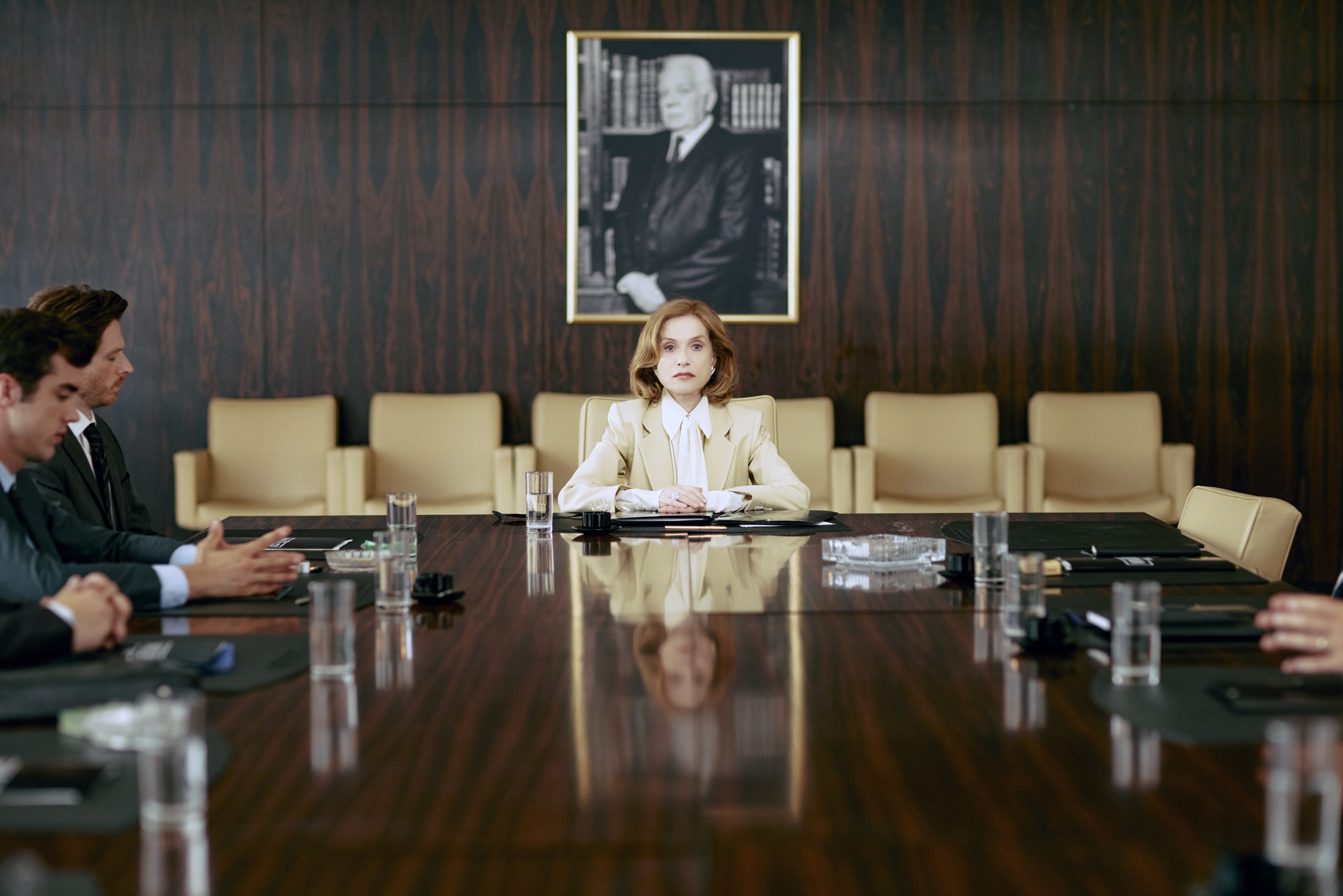
Thierry Klifa’s tragicomic exploration of extreme wealth delivers nuance amidst opulence at the 78th Cannes Film Festival
In a festival often criticised for its fascination with tales of the ultra-wealthy, Thierry Klifa’s “La Femme la Plus Riche du Monde” (The Richest Woman in the World) arrives with uncommon nuance and complexity. The film, which premiered in competition at the 78th Cannes Film Festival, stars Isabelle Huppert in a mesmerising performance as the L’Oréal heiress inspired by Liliane Bettencourt, once the wealthiest woman on the planet.
Beyond the Headlines
While loosely based on the scandal involving Bettencourt’s gift of millions to a young artist—a case that eventually embroiled former French president Nicolas Sarkozy in corruption allegations—Klifa’s film deliberately transcends the tabloid elements of the story.
“There was material for a film there and scope for fiction,” Klifa explained during the film’s press conference. “I wanted to show the fascination for the extremely rich. It’s not the kind of people you see often in France—magnates. They’re not just archetypes but real people with ambitions, deception, sadness. Somewhere between tragedy and farce.”
The script, co-written with Laurent Brunet and Marie NDiaye, deliberately avoids judgment of its characters. “We wanted to focus on the characters. The relationship between them is very complex,” explained Brunet. “The idea was not to make caricatures but to create ambiguity you see in the film. There is a lot of melancholy—they are ironical, looking critically at each other.”
NDiaye added: “I wanted to create something romanesque. We didn’t want to judge the characters. The story gets darker as it unfolds. They have secrets, innermost desires, their relationship with money that makes them sick in a way.”


Huppert’s Magnetic Presence
For Huppert, returning to Cannes fifty-three years after her first appearance at the festival in 1972, the character offered a fascinating study in power dynamics.
“What attracted me most was the tone and the possibilities afforded by the script,” Huppert noted. “What was important is to forget that these were real facts. I had to take it as a story and let myself be free.”
Describing her character, she observed: “She has all the riches in the world and then she allows herself to be not manipulated, in a way, because it benefits her. She never gives up her power because she does it for fun, really, and she can agree to have a bit less luxury.”
Her co-star Laurent Lafitte, who plays the young artist who enters her world, highlighted the peculiar relationship between the characters: “There is a kind of authority in this character. The relationship is very hard to describe. It’s not always well-balanced or reciprocal, but it’s a very real relationship. My character is very clever while at the same time being sincere in his ways. He knows how to find a place for himself in her world.”
The Subliminal Wealth
Unlike other recent media explorations of extreme wealth such as “Succession,” Klifa’s approach to depicting the ultra-rich focuses on restraint rather than ostentation.
“Think of the wealth you see in ‘Succession’—here things tend to be more refined,” the director noted. “You don’t see the money when you talk about the really, really rich. There is no real sign of wealth or ostentation. They have a good house and travel in a private jet, granted, but otherwise no. They don’t flaunt their wealth. I wanted things to be almost subliminal.”
This visual approach extends to the film’s distinctive aesthetic—costumes, sets, and colour palette that are simultaneously striking yet subtle, creating a world where, as one character notes, “There is so much money that it no longer exists in a way. But it doesn’t actually solve anything.”
Deeper Themes
Beyond the surface glamour, the film explores uncomfortable historical elements. “It’s not a docufiction,” Klifa emphasized. “We wanted to look at what is hidden behind the facade. There is a lot of repulsion in the script—people get angry at the rich—and we wanted to look through that keyhole, but we don’t know what actually happened behind closed doors in these rich families.”
He added: “There was a real story behind these characters who have a past of collaboration with Germans. There is antisemitism, the relationship between different classes.”
The characters’ search for connection forms another thematic thread. “All characters seem to be looking for love in the film—some look for motherly love, others for romantic love,” observed one journalist during the press conference.
The artist character even suggests: “The real treasure in her life is my character,” highlighting the emotional poverty that can exist amidst material abundance.
Huppert’s Cannes Legacy
For Huppert, this competition entry marks another chapter in her long relationship with the world’s most prestigious film festival.
“I’m very fortunate to have come to Cannes so many times in different roles, and I have great pleasure experiencing it,” the actress reflected. “It’s wonderful to be able to come to Cannes, which is the most representative of the art. The cinema can change the world—I believe in that.”
“La Femme la Plus Riche du Monde,” produced by Mathias Rubin’s Recifilms and co-produced by Belgium’s Versus Productions, is set for French theatrical release on October 29, 2025. The film continues in competition for the Palme d’Or, with the jury’s decision to be announced at the festival’s closing ceremony.
The 78th Cannes Film Festival runs through May 24th.
Editor in Chief of Ikon London Magazine, journalist, film producer and founder of The DAFTA Film Awards (The DAFTAs).


